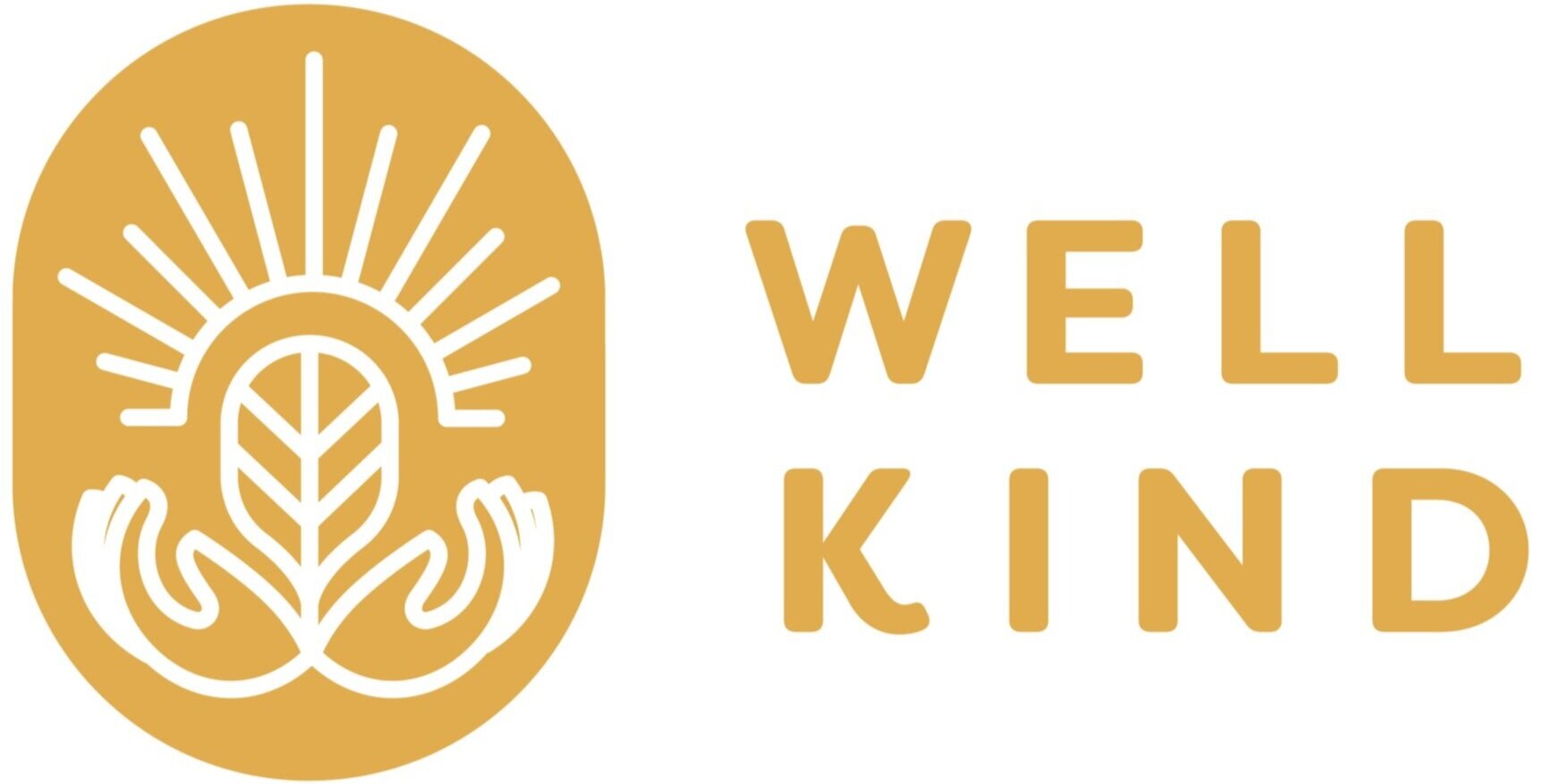Keep Up to Date with Your Parks
By Lily Reese, WellKind Forestry Intern
Lily Reese was an intern for WellKind Forestry during our summer 2022 session, exploring national parks and other environmental topics.
A herd of endangered tule elk are fenced inside a reserve to keep them away from cattle ranches in the Point Reyes National Seashore. Source: Jack Gescheidt, TreeSpiritProject.com
Over the years, our national and state parks have been regulated by committees with little to no citizen input on their regulations. Even more jarring to someone who cares about these parks is that the public is not easily able to access the information about these new policies.
In the Point Reyes National Seashore, about about an hour northwest of San Francisco, a new policy was passed (and to the little knowledge of the park goers and Point Reyes locals) that will change the course of the park and its main attraction, the tule elk population.
The new policy, called the Tule Elk Management Plan, allows for park rangers to “manage” (shoot) the tule elk population. According to the Marin Independent Journal, the policy discusses “ whether to remove the 3-mile, 8-foot-tall fence to allow the elk to roam into the rest of the park where more resources would be available.Another option includes managing the herd size by allowing park staff to shoot some of the elk — fence or no fence. The seashore recently approved a separate management plan that allows the park to shoot some of the elk in the free-roaming herd to control its population, largely to prevent conflicts with cattle ranchers who rent park land” (Houston, 2022)
In recent years, the tule elk population has suffered due to lack of resources and the climate crisis, so the thought of an already hurting pollution being “managed” for the purpose of limiting already low numbers and protecting cattle ranchers would be policy most would be against. But since citizen input is not available for park policies, how are locals able to make a difference in their beloved state and national parks?
The Point Reyes National Seashore.
The first step is staying informed. Know when your local or favorite national/state park is holding a parks and open space commission meeting. The best way to do so is to subscribe to the email or national park subscriber list; this wil keep you informed of those meetings as well as new policies that are passed.
The lack of advertisement for local input has allowed the park system to pass policies that may not be in favor of the majority of those who live around the parks or enjoy the multitudes of the parks. So staying informed on when these meetings occur that do allow outside input is crucial to have a say in policy-making.
The next step to making a change in your parks would be building public outcry over harmful policies, whether that is through activism and public acts or through new outlets and media.
To protect ecosystems, animals, and the beauty of national and state parks, it is crucial that every aspect of policies are applied and examined to best benefit the parks themselves, with no other incentive (such as the cattle ranching operations in Point Reyes National Seashore). To have an input you must stayed informed; to be a part of parks you have to make the effort to make change.
REFERENCES
Houston, W. (2022, April 3). Point Reyes National Seashore rethinks elk herd strategy. Marin Independent Journal. Retrieved July 26, 2022, from https://www.marinij.com/2022/04/03/point-reyes-national-seashore-rethinks-elk-herd-strategy/
Chamberlin, C. (n.d.). Parks and Open Space Commission. Marin County Parks. Retrieved July 26, 2022, from https://www.parks.marincounty.org/about-us/boards-and-commissions/pos-commission


